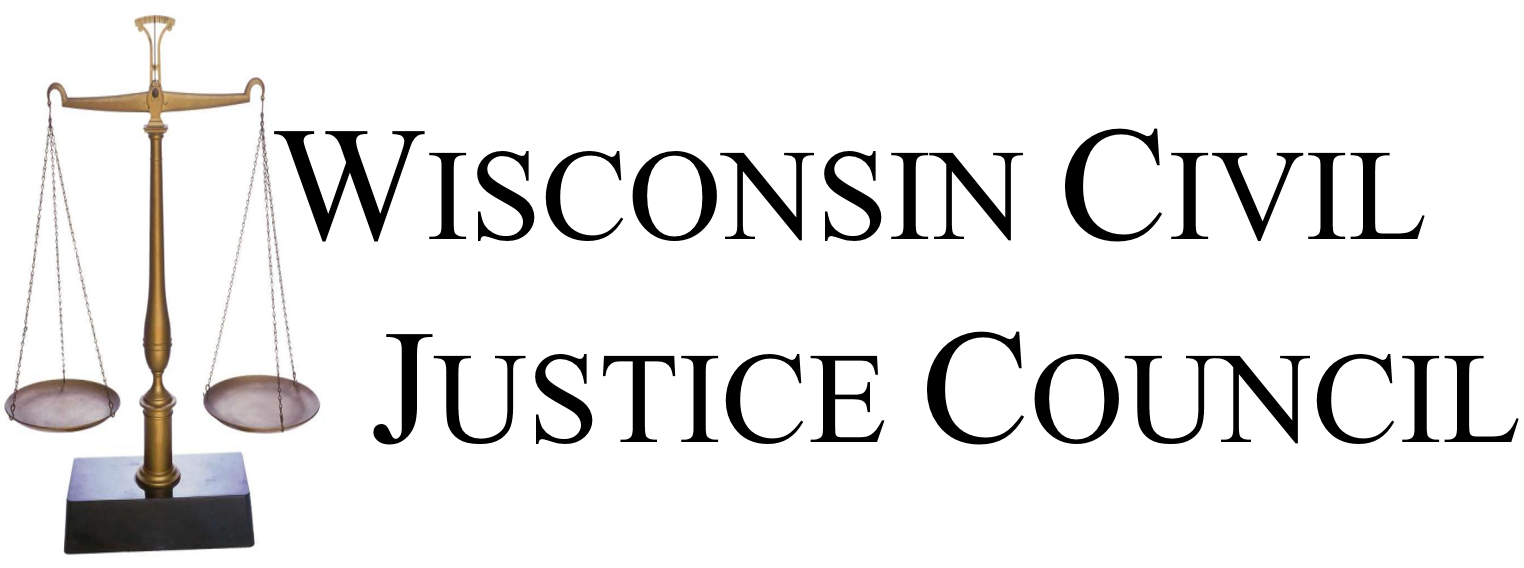The Wisconsin Supreme Court recently issued a decision (Tetra Tech v. Department of Revenue) that ends the “agency deference” doctrine. Previously, Wisconsin courts deferred to regulatory agencies when interpreting statutory provisions that ultimately define agencies’ own power and reach. Under the decision, courts will continue to give “due weight,” or respectful consideration, to agencies’ expertise but not yield to them.
The business community in Wisconsin has applauded the decision, saying it will bring more predictability and level the playing field between businesses and agencies in civil lawsuits.
In 2007, the Environmental Protection Agency required several paper companies to remediate the environmental impact of harmful chemicals into the Fox River. The collective group of paper companies formed Fox River Remediation, which hired Tetra Tech to perform the remediation. Tetra Tech subsequently hired Stuyvesant Dredging, Inc. (SDI) as a subcontractor. The Department of Revenue (DOR) audited the entities and found that Tetra Tech owed sales tax on the portion of its sale for services to Fox River Remediation on SDI’s activities, and Fox River Remediation owed use tax on the purchase of remediation services from Tetra Tech on SDI’s activities. The entities filed petitions for redetermination with DOR, then with the Tax Appeals Commission. A Wisconsin circuit court, then appeals court upheld the commission’s ruling, giving great weight deference to DOR’s interpretation of tax statutes. The case was then appealed again at the Wisconsin Supreme Court, with the Court asking parties brief the constitutionality of providing deference to agencies on questions of law.
In a unanimous decision with three concurring opinions, the court again upheld the Commission’s ruling on the tax issue. The court also decided to end the practice of agency deference, and the three concurring opinions disagreed on this aspect of the decision.
